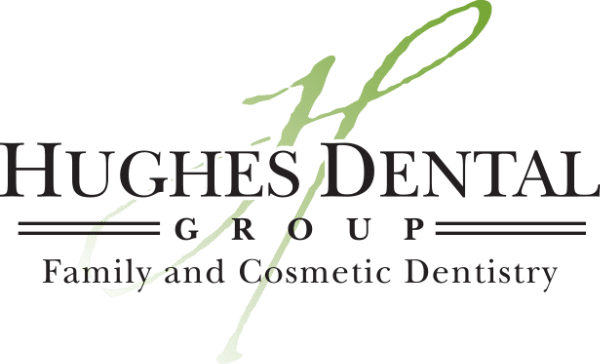Are you aware of how an oral cancer self-exam can be performed? This simple check involves a systematic inspection of your oral cavity, including lips, gums, and tongue, to identify any unusual changes or signs that could indicate potential issues. It’s a general practice aimed at early detection, which can be crucial for health monitoring.
Importance of Regular Oral Exams
Oral cancer self-exams are a proactive way to monitor your own oral health, but they do not replace the importance of regular oral exams conducted by healthcare professionals. Regular check-ups are crucial because they involve a thorough examination that can identify issues that might not be noticeable to an untrained eye. These exams are essential for maintaining overall oral health and ensuring that any signs of potential problems are addressed promptly.
Understanding the various methods used in detecting oral cancer can provide further insight into the significance of these examinations. For more detailed information on this topic, you might want to read about Oral Cancer Detection Methods: What Are They?
Understanding Oral Cancer Signs
Oral cancer can manifest through various signs that might be noticeable during routine checks or an oral cancer self-exam. Common indicators include persistent sores or swellings, lumps or thick patches in the mouth, and difficulties in swallowing or chewing. Recognizing these signs early is crucial for monitoring changes in oral health, though it does not necessarily indicate cancer.
Changes in the mouth’s appearance or sensation, such as numbness or tenderness in the face, mouth, or neck, could also be signs to watch for during an oral cancer self-exam. For those interested in professional screening services, consider visiting Leo’s Trusted Oral Cancer Screening Clinic for a more comprehensive evaluation.
Preparing for a Self-Exam
When considering an oral cancer self-exam, it’s important to understand what it entails. This process involves a person examining their own oral cavity as part of their overall health monitoring. The concept of an oral cancer self-exam is to be aware of the normal state of one’s oral health and to notice any changes. Awareness and regular monitoring are general practices that can support individuals in maintaining their health.
Examining the Lips and Gums
When conducting an oral cancer self-exam, it’s crucial to carefully observe the lips and gums for any unusual signs. This part of the exam involves looking for any discolorations, sores, or patches that stand out from the normal appearance of these areas. Consistency in the texture and color of your lips and gums is generally expected, so any noticeable differences should be acknowledged. For further information on oral health, consider visiting Hughes Dental Group Family and Cosmetic Dentistry or checking out Leo Dentist.
Checking the Inside of Cheeks
When considering the overall health of your mouth, the inside of your cheeks is one of the areas to be aware of. This part of the oral cavity can sometimes show signs that warrant further attention from healthcare professionals. It’s important to have a general understanding of what the inside of your cheeks might look like normally, which can vary widely from person to person. Changes in this area, like any other part of the body, can be indicative of various conditions and should be evaluated by a qualified medical expert.
Assessing the Roof of Mouth
When performing an oral cancer self-exam, it’s crucial to thoroughly inspect the roof of your mouth as part of the process. Start by tilting your head back and using a mirror to get a clear view. Look for any unusual signs such as lumps, bumps, patches of color, or unexplained sores. Using a clean finger, gently feel the entire area for any abnormalities or changes in texture. Regularly including this step in your oral cancer self-exam can help in the early detection of potential issues, increasing the effectiveness of preventive health measures.
Evaluating the Tongue and Floor
When performing an oral cancer self-exam, it’s crucial to thoroughly evaluate both the tongue and the floor of your mouth. Start by sticking out your tongue and examining all its surfaces; look for any unusual white patches, red areas, or lumps. Use a mirror to check the underside and sides of the tongue as well. Next, inspect the floor of your mouth, which is the area beneath your tongue. Gently lift your tongue to the roof of your mouth to get a clear view. Look for any abnormalities such as swelling, bumps, or ulcers. Regularly conducting this oral cancer self-exam can be a vital step in early detection and prevention of oral cancer.
Observing the Throat and Tonsils
When performing an oral cancer self-exam, it is crucial to thoroughly inspect your throat and tonsils, as these areas are common sites for potential abnormalities. Start by standing in front of a mirror with adequate lighting. Open your mouth wide and use a flashlight to illuminate the back of your throat. Look for any unusual white patches, redness, lumps, or asymmetries. It’s also important to gently press a finger against the sides of your throat to feel for any swellings or bumps that aren’t visible. Regularly including this step in your oral cancer self-exam can help in early detection of signs that might require further medical evaluation.
When to Consult Healthcare Professionals
While performing an oral cancer self-exam is a proactive way to monitor your health, it’s crucial to know when to seek professional advice. If during your oral cancer self-exam, you notice persistent sores, lumps, or white or red patches in your mouth that do not heal within two weeks, it’s important to consult a healthcare professional. Additionally, if you experience unexplained bleeding, numbness, or pain when chewing or swallowing, these could be signs of a more serious condition. Early detection and consultation with a healthcare provider can significantly increase the effectiveness of treatment and improve outcomes.
Conclusion
For further information, call us at 260-627-5345 or read our reviews on Google Maps.

